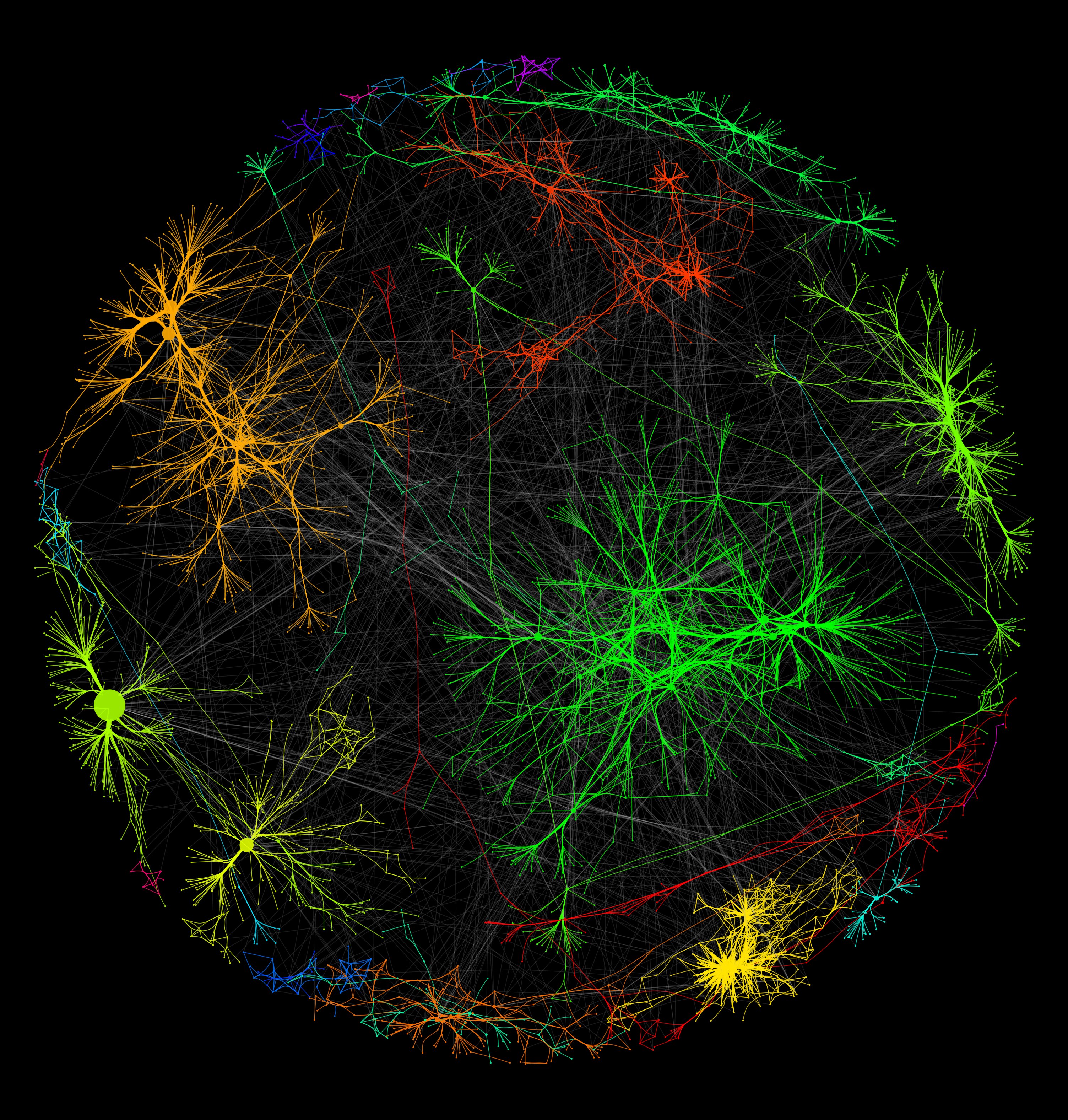


Therefore, the insight into its genes and proteins is important not only to know the role that Azospirillum plays in the interaction between plants and bacteria but also to gain a deeper knowledge of the mechanisms that brought bacteria from water to soil environments. Interestingly, a comparative genomics analysis revealed that the genus Azospirillum might represent an evolutionary bridge between water- and soil-living bacteria. The whole genome sequence of this strain has been recently determined, revealing that it is constituted by seven replicons: one chromosome (accession number NC_016617) and six plasmids (AZOBR1, AZOBR2, AZOBR3, AZOBR4, AZOBR5, and AZOBR6) of different length (accession numbers NC_016594, NC_016618, NC_016595, NC_016596, NC_016619, and NC_016597, resp.), one of them (AZOBR1) being very large, with a size over 1.7 Mb. One of the most studied ones, reported as Sp245, was isolated in Brazil in 1986 from surface-sterilized wheat roots where it interacts endosymbiotically with the plant and performs nitrogen fixation. brasilense strains have been isolated over time. IntroductionĪzospirillum brasilense is a Gram-negative, aerobic, free-living nitrogen-fixing bacterium found in the soil associated with roots. brasilense Sp245, suggesting some of the molecular mechanisms responsible for the present-day structure of these molecules. Data obtained provided a detailed description of the evolutionary landscape of the plasmids of A. brasilense plasmids was checked, allowing the identification of possible trends of gene loss/gain in this microorganism. Furthermore, the most likely source organism for each of the genes encoded by A. This information was supplemented with a detailed ( in silico) functional characterization of both the connected (i.e., sharing homology with other sequences in the dataset) and the unconnected (i.e., not sharing homology) components of the network. brasilense plasmids encoded proteins in this context a computational pipeline specifically devoted to the analysis and the visualization of the network-like evolutionary relationships among different plasmids molecules was developed. To this purpose, a similarity network approach was applied in order to identify the evolutionary relationships among all the A. brasilense Sp245 plasmids were analyzed in order to shed some light on the evolutionary pathways they followed over time. The genome of the strain Sp245, isolated in Brazil from wheat roots, consists of one chromosome and six plasmids. Azospirillum brasilense is a nitrogen-fixing bacterium living in association with plant roots.


 0 kommentar(er)
0 kommentar(er)
